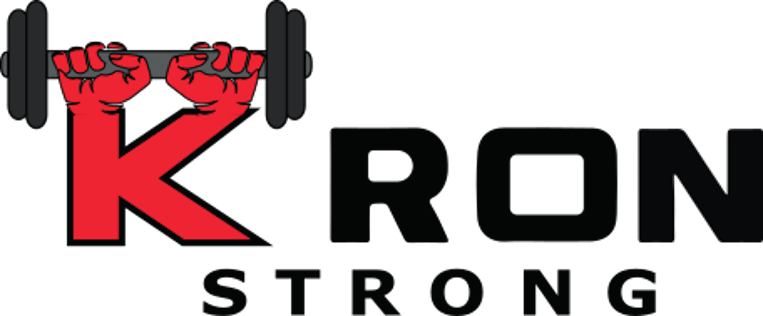Achieving a 6-Pack After 50
Attaining a six-pack is a common fitness goal for many, symbolizing peak physical condition and core strength. However, for individuals over 50, this objective might seem increasingly elusive due to natural changes in metabolism, muscle mass, and fat distribution. Yet, with the right approach, dedication, and understanding of how aging impacts the body, developing a six-pack is entirely possible. This article explores effective strategies and supplements that can support individuals over 50 in their journey towards achieving a six-pack.
Understanding the Challenges
As we age, several physiological changes occur that can impact our ability to lose fat and build muscle:
Metabolic Rate Decline: The basal metabolic rate (BMR) tends to slow down, meaning fewer calories are burned at rest.
Muscle Mass Reduction: Sarcopenia, or the loss of muscle mass, begins to accelerate, making it harder to maintain and build muscle.
Hormonal Adjustments: Changes in hormone levels, particularly decreases in testosterone in men and estrogen in women, can affect fat distribution and muscle growth.
Nutrition: The Foundation
The adage "abs are made in the kitchen" holds especially true for those over 50. Nutrition plays a crucial role in fat loss and muscle definition.
Caloric Deficit: A moderate caloric deficit is essential for fat loss, but it should not be so severe as to impair muscle recovery and energy levels.
Protein Intake: Adequate protein is critical for muscle repair and growth. Aim for at least 1.2 to 1.5 grams of protein per kilogram of body weight daily.
Balanced Diet: Focus on a balanced diet rich in vegetables, fruits, whole grains, lean proteins, and healthy fats to support overall health and recovery.
Tailored Exercise Regimen
A combination of resistance training and cardiovascular exercise is key to developing a six-pack after 50.
Resistance Training: Incorporate full-body strength training exercises 3-4 times per week to build muscle mass and increase metabolism.
Core-Specific Exercises: To sculpt the abdominal muscles, include exercises like planks, Russian twists, and leg raises.
Cardiovascular Exercise: Regular cardio helps burn fat, revealing the muscles underneath. Opt for low-impact options like walking, swimming, or cycling to protect the joints.
Supplements for Support
While no supplement can replace a healthy diet and exercise, certain supplements may support your journey.
Protein Supplements: Whey or plant-based protein powders can help meet protein requirements, especially important after workouts for muscle recovery.
Vitamin D and Calcium: These are crucial for bone health, particularly important as you age and to support the skeletal structure underlying muscle.
Omega-3 Fatty Acids: Found in fish oil supplements, they can support heart health, reduce inflammation, and may aid in muscle synthesis.
BCAAs (Branched-Chain Amino Acids): May help in muscle recovery and reduce muscle soreness after workouts.
Creatine: While often associated with younger athletes, creatine can also benefit older adults by improving strength and aiding in muscle growth.
Consistency and Patience
Achieving a six-pack at any age requires consistency, patience, and time. For those over 50, it's important to manage expectations and focus on gradual progress. Regularly adjust your fitness and nutrition plans based on your evolving needs and responses.
Conclusion
Developing a six-pack after 50 is an ambitious but achievable goal. It demands a comprehensive approach that includes tailored nutrition, a well-structured exercise regimen, and possibly the support of specific supplements. Most importantly, it requires a commitment to a healthy lifestyle and the patience to see results. With the right mindset and strategies, individuals over 50 can achieve remarkable fitness milestones, including a well-defined six-pack

